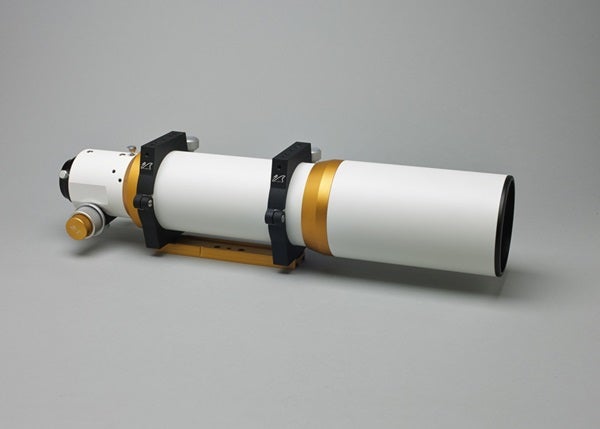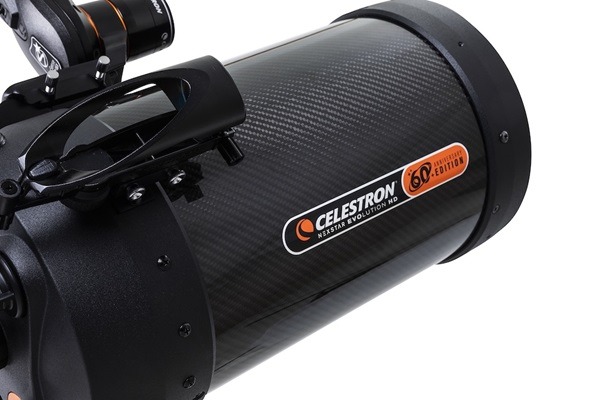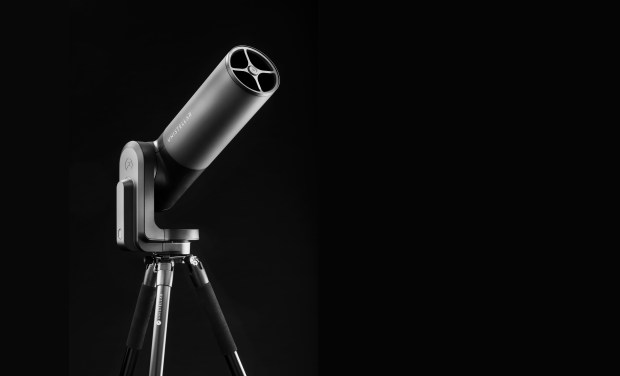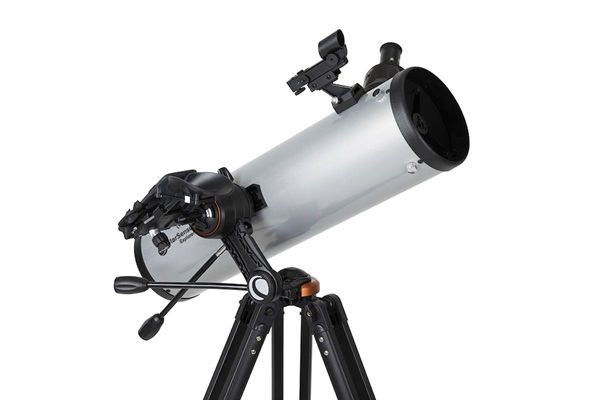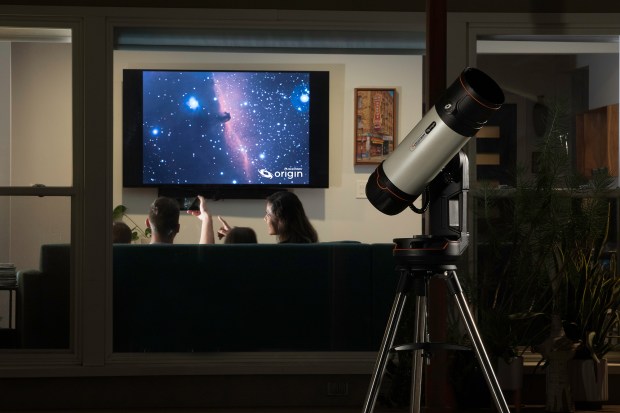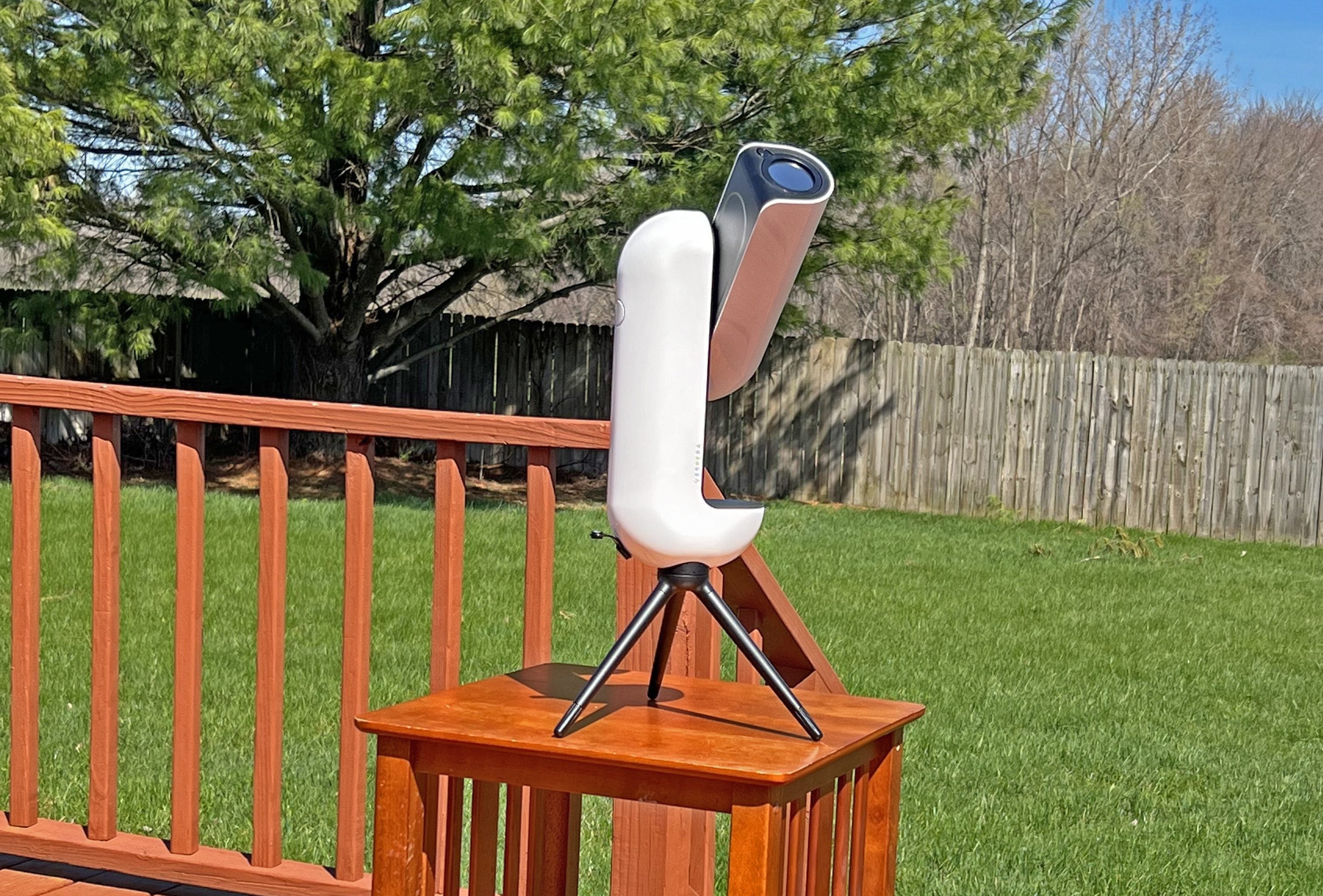The design has other benefits as well. Such scopes are essentially maintenance free, lightweight, and portable. The biggest drawbacks have typically been cost per inch of aperture and that bugaboo of the refractor design — false color (fringes around bright objects like the Moon and planets).
While there are many refractor designs, for most observers it boils down to just two: achromatic and apochromatic. In their day, achromats brought all wavelengths of light to focus in a much smaller circle than their predecessors. This dramatically reduced false color at the eyepiece. Typically having lenses that combine two types of glass, they remain popular today.
If you’re looking for a faster (i.e., wider field) telescope, however, color error begins to rear its ugly head. In the 1980s, designers realized that they could combine glass with rare elements to bring colors to an even tighter focus. Thus, the apochromat now generally available was born.

